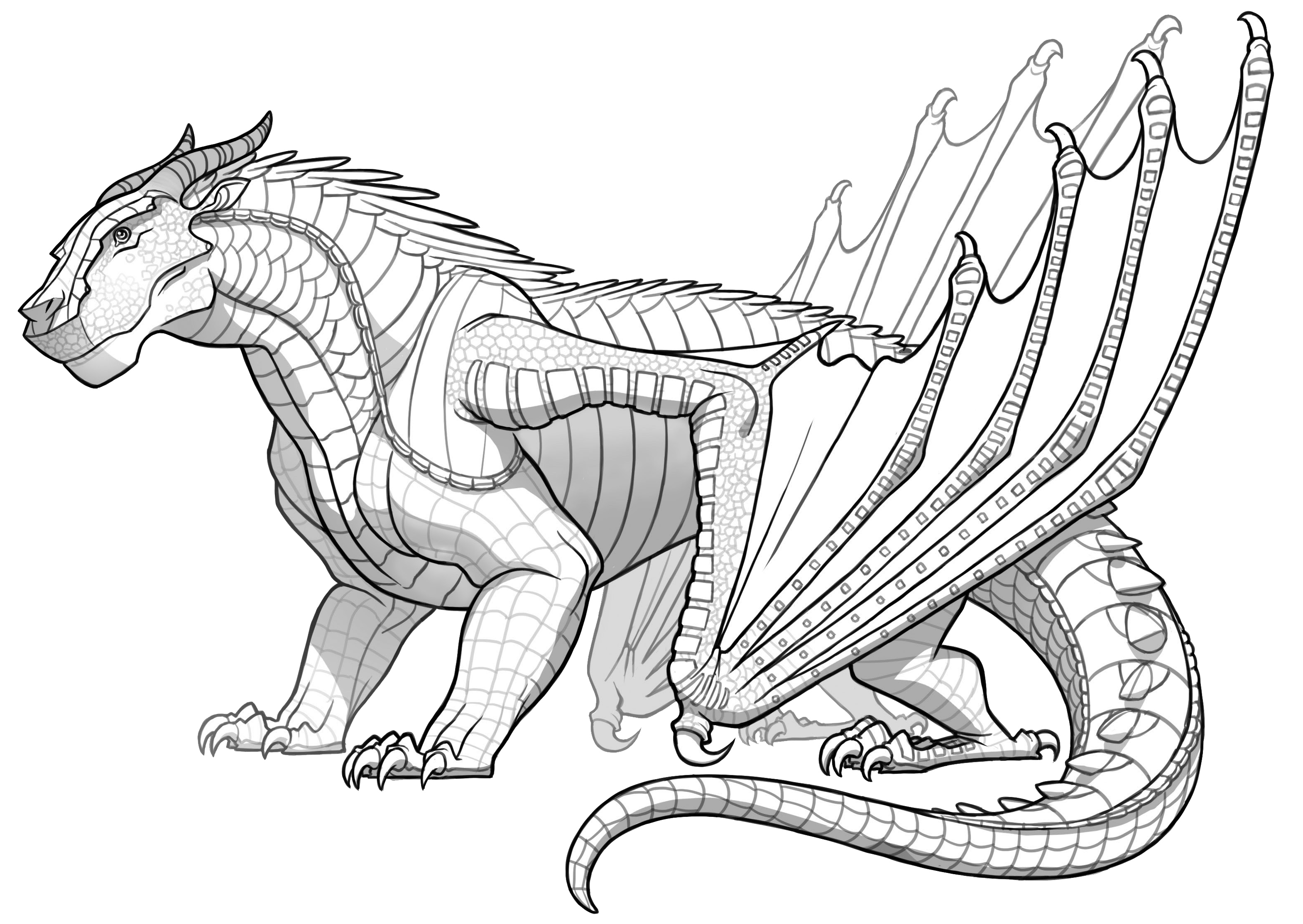Post by Mantis Shrimp on Dec 4, 2020 14:02:46 GMT

Description: MudWings have thick, armored scales. They are usually earthy colors, such as browns, greens, ambers, and oranges. They are most known for their flat snouts, brute strength, and size. They may have gold or amber underscales, usually more visible in sunlight. Their nostrils are located on the top of the snouts, allowing them to lay submerged in mud for long periods. They have thick, curved horns and broad, flat heads. Their eyes have been described as brown, gold, and amber, sometimes with brownish-yellow rings around the pupils. Their bodies are muscular and robust, closely resembling alligators, crocodiles, and other prehistoric reptiles. They are typically larger and stronger than dragons of other tribes.
MudWings may also have odd markings such as dappled scales.
Abilities: MudWings can hold their breath for up to an hour. When they are warm enough, they can breathe fire.[6] Thanks to their muscular bodies, MudWings are quite strong. They are capable of camouflaging into mud and dirt and may rest while partially submerged.[7] MudWings can use mud to ease pain and help treat wounds.
MudWings that hatch from blood-red eggs are immune to fire. This power fully activates after exposure to mud. Though fire will still hurt them, any injuries caused by fire will rapidly heal. Mud also helps MudWings heal faster. If a burn is too deep or large, however, it will not heal all the way.[10] This ability will not heal deep flesh wounds or internal wounds and is mostly limited to a dragon's scales. Fireproof MudWings may be able to survive in lava for short periods.
There has never been a known animus dragon in the MudWing tribe.
Society: MudWings live in large bunkhouses that house several dragons (usually siblings). They also tend to lie around and nap in large mud puddles. Additionally, MudWings are often perceived as unintelligent, although this is a stereotype.
Pairings are not formal, with a breeding night once a month. Neither parent takes part in raising their children, and often the two partners will not know one another or their children in any way. MudWings lay their eggs in well-protected bunkhouses with mud walls and warm rocks for incubation. Eggs are left mostly alone, and oftentimes no adults are present during hatchings. The first MudWing dragonet to hatch is often the largest and is known as a bigwings. They will help their siblings out of their eggs.
MudWings live in troops of siblings, with the bigwings as the caretaker and leader. When a sibling is killed or lost, a sib group may take in another dragon who has been orphaned from their own group, known as "unsibs." Several unsibs may gather to form their own troop. These sib groups love and trust one another a great deal and work well as units of soldiers. They also protect one another and feel the loss of a sibling deeply.
Names: MudWing names generally relate to the earth, swamps, and the things that reside there such as Reed, Crane, Pheasant, Sora, and Cattail, or shades of brown, such as Umber, Sepia, and Ochre. Sometimes they can also be named after types of diamonds or minerals, such as Asha. Synonyms of swamps or swampy areas are also used as names, such as Marsh, Swamp, and Bog. (All these names are names of canon characters so it's recommended you come up with a different name, but if you really want to use one of these names, you can)
Me? Copy/paste from the wiki? Why would I do that?
